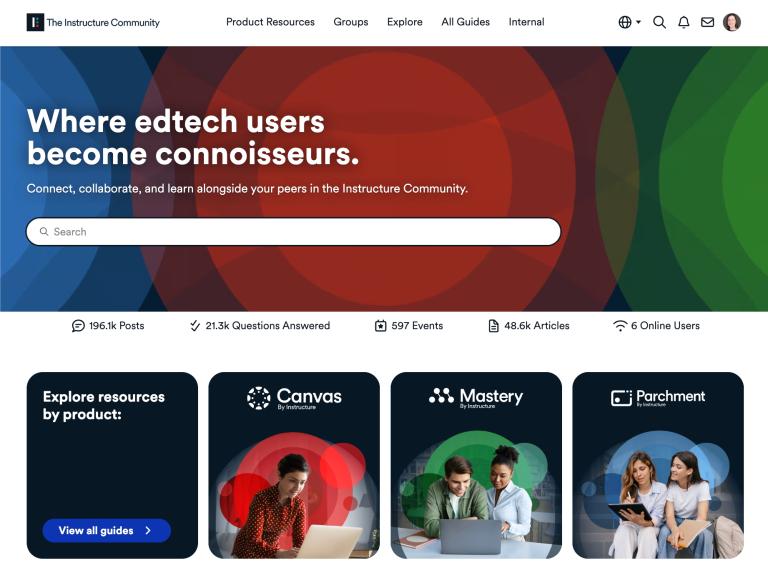Many learning programs have strong content, yet they still fall short on engagement and completion. The issue usually isn’t the material itself—it’s the design. When training feels confusing, irrelevant, or outdated, learners lose interest. And when they don’t finish, they don’t absorb or apply what they’ve learned, limiting the value of the training for both the individual and the organization.
More and more teams are shifting their focus from simply delivering content to designing experiences that learners actually want to complete. Here’s what that looks like and why it matters:
1. Completion Drives Impact
Completion isn’t just a metric—it’s a meaningful indicator of whether training is working. When learners disengage midway, they miss key takeaways, skill-building moments, and sometimes even compliance requirements. That can slow down onboarding, decrease productivity, and reduce the return on investment in learning programs.
Well-designed training creates an environment where learners stay engaged long enough to achieve meaningful outcomes. And when organizations can track what’s working and where people are dropping off, they gain the insights needed to improve both the content and the experience.
2. Start with the Learner
Effective training design begins with understanding who the learners are, what they need, and how they learn best. A learner-first approach considers the daily realities of the people taking the course, not just the goals of the business. That often means:
- Offering content in multiple formats (e.g., video, interactive media, microlearning)
- Designing flexible, asynchronous modules to fit diverse schedules
- Ensuring content is accessible on mobile devices
- Aligning lessons with real-world roles, workflows, and challenges
When training meets learners where they are, it becomes easier to complete and more likely to stick.
3. Design for Momentum, Not Just Completion
High completion rates don’t happen by accident. The most engaging learning experiences are built to create momentum from the start. Look for design elements that encourage forward motion, including:
- Quick wins that build confidence early
- Clear, visual progress markers that show how far learners have come
- Meaningful milestones that create a sense of achievement
- Automated reminders that help learners stay on track
When the experience feels purposeful and well-paced, learners are more likely to keep going and finish strong.
4. Build in Accountability and Motivation
Even self-directed learning is more effective when there’s a sense of accountability. Learners are more motivated when they feel their progress is visible, valued, and connected to a larger goal or purpose. Some effective strategies include:
- Recognition tools like digital badges or certificates that mark achievements
- Progress dashboards that give both learners and admins visibility
- Milestone tracking to ensure learners don’t fall behind without support
The goal is to design a system where learners feel both empowered and supported throughout the journey, not just at the finish line.
5. Support Great Design with Smart Infrastructure
Strong instructional design is critical, but it’s not the whole picture. A well-built learning platform provides the tools to bring that design to life, at scale. Look for infrastructure that enables:
- Modular course design for easy updates and reuse
- Support for multimedia and interactive content
- Personalized learning paths based on role, skill, or interest
- Built-in credentialing to recognize progress
- Mobile access and robust reporting
The right technology makes it easier to deliver a high-quality learning experience consistently, even as your audience or offerings grow.
Better Design. Higher Completion. Bigger Impact.
Training only creates value when people engage with it—and that means experience design matters just as much as the content itself. Designing learning that people want to finish isn’t about flashy features; it’s about clarity, flexibility, relevance, and progress.
If you’re looking for a learning platform that supports these principles at scale, Canvas provides a modern infrastructure built for learner-first design. From flexible delivery to credentialing and analytics, it gives teams the tools to build training that makes an impact.
Related Content
 inst-3step.jpg
inst-3step.jpgBlogs
 13lmsfeaturesthatbenefitstudentlearning.jpg
13lmsfeaturesthatbenefitstudentlearning.jpgBlogs
 community-homepage.jpg
community-homepage.jpgBlogs

